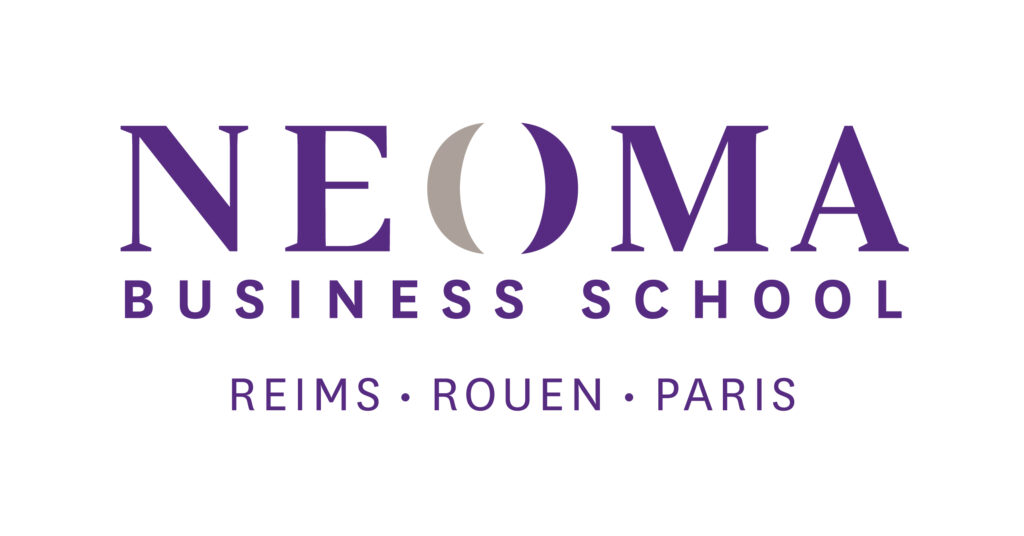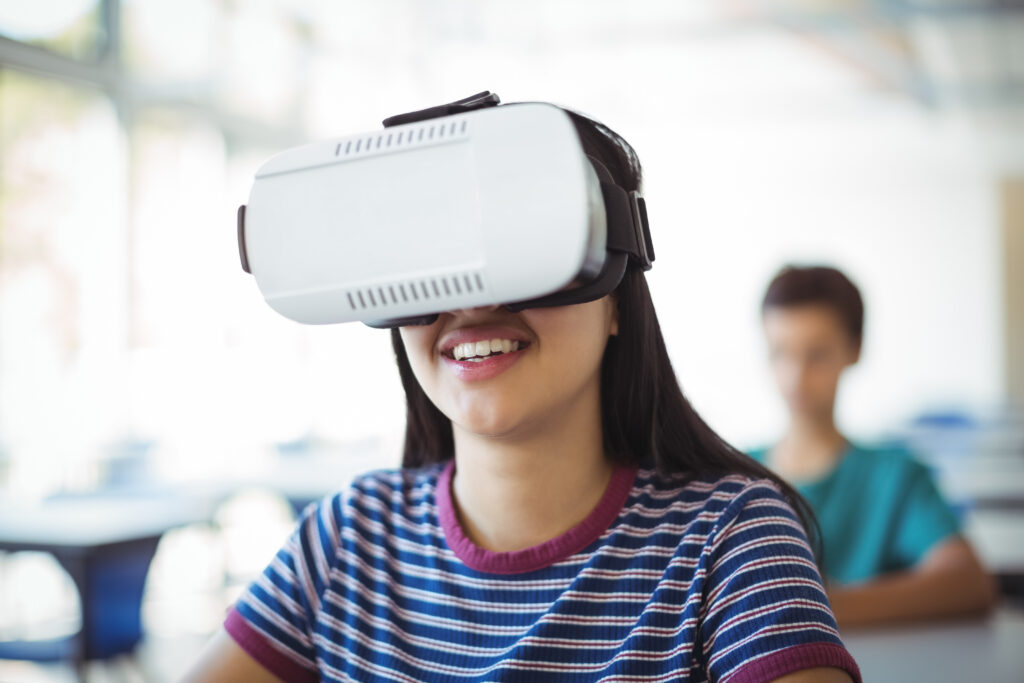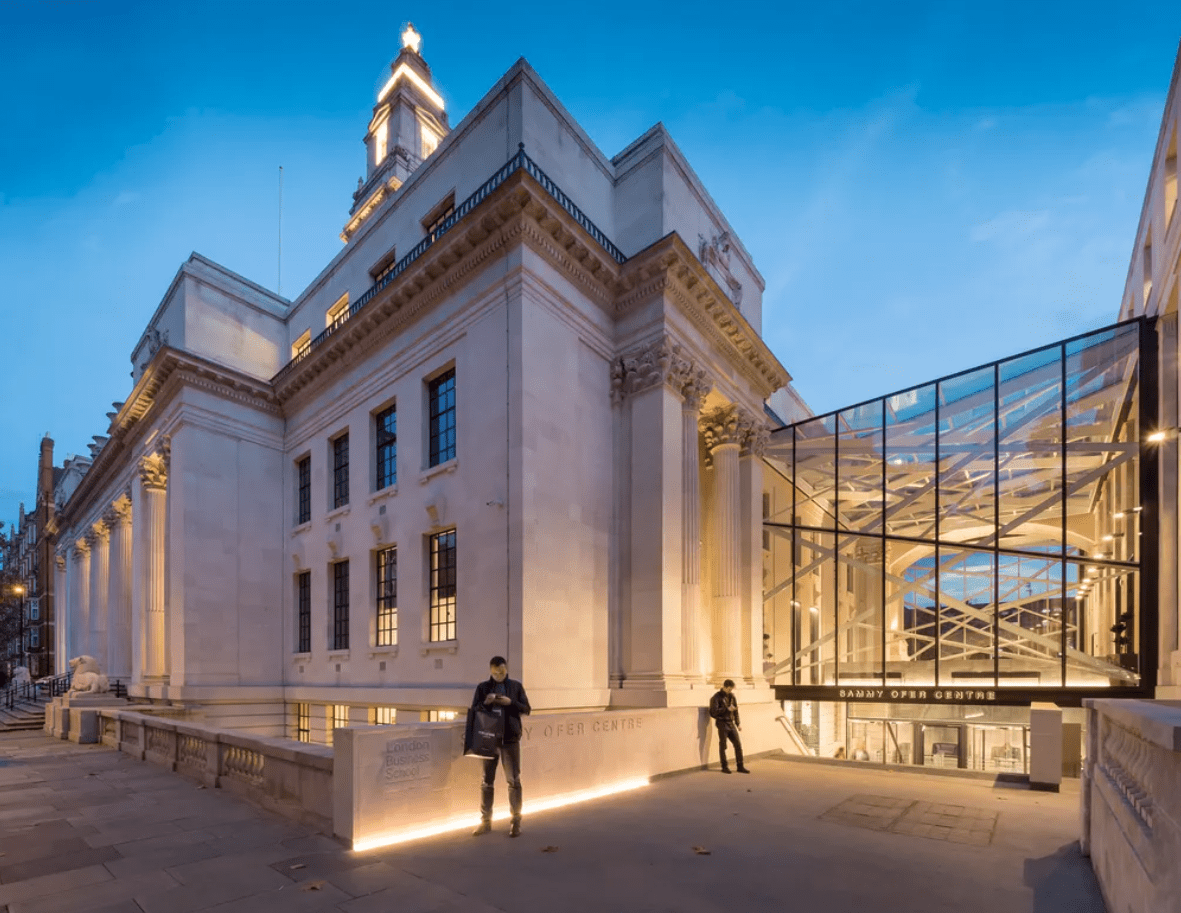Will Augmented and Virtual Reality Change Our Classrooms?
A beginning of decades of innovations for our learning experience with immersive personalization
Working from home to the rise of Metaverse, Coronavirus became the catalyst to our society for the imminent changes towards virtual reality. This is no different to the world of business schools. After continuous off-campus and online classes, business schools are introducing virtual reality and holograms into their curriculum for MBA students.
An unfamiliar, yet innovative, online classes which in some ways benefit more than the actual classrooms is the concept. With its initial pilot receiving successful feedbacks, it is positive to say that the virtual reality provides an engaging learning experience as schools are considering to implement advanced technologies with an expense in their campuses after the pandemic is over.
In January 2019, a new technology called INSEAD was introduced around the countries such as Singapore, Abu Dhabi, and France to replace online zoom class sessions. According to the Ithai Stern, a professor from INSEAD, he stated that it is beneficial for teachers and professors as they are able to establish an intriguing learning environment in a safe manner.
“INSEAD’s main aim is to amplify student’s experience inside the virtual world. By enhancing their engagement and helping them to absorb the knowledge better,” Stern explains “Immersion that comes from the virtual world allows the experience to become more lucid yet more memorable.” Stern added “Additionally, what we do inside the virtual world retains as much what we do in real world when we see, listen or act. A near equivalent brain stimulus from same action.”
The success of INSEAD in over 90 countries with more than 2,000 MBA students taking the VR pilot program, students were able to overcome the distance barrier with a help of their headsets. Various unusual settings are imported for better experience. An example of the uses for INSEAD include showing a scene of observing a blatant mistreatment at an office meeting or visiting a tractor factory in France.
Stern added “Anyone inside this virtual world can be anywhere taken. An undisturbed areas to reinforce their learning experience is just one of the things that can be achieved” Professor’s higher interest to offer better education to the students lead to business schools to focus stronger on the field of virtual reality.
Potential of Virtual Reality

Case studies in business schools are also being created through VR. NEOMA, a production company launched in 2016, manages production of case studies to be used inside VR. They provide case studies in four areas including marketing, supply chain management and human resources used by over 3,700 students.
Alain Goudey, chief officer at NEOMA Business School located in France claims the positive benefit of education through VR. “Students show extra commitment from the situations that are thoughtfully created by their professors. Considered construction of physiological experiment in return provides students to memorize more efficiently. Routines between theory and practice is shorter and does greater than experiment directly conducted in business scenarios.”
“Improved learning experience through improved technology, that’s the perk of the technology” says Goudey. “Immersive technology enhancing student’s ability of learning was found by the research from PwC. Students feel more confident about what they learn and able to apply better because they believe studying through VR feels more linked with others compared to simply studying the case study online.”
Stern proclaims about the further development in technology for enhanced VR experience. Introduction of ‘room-scale’ VR where it will allow groups of people to freely interact and able to palpable objects to reinforce user’s senses during the learning. Another is the use of 5G networking to become more mobile.
Barriers VR to Overcome

However, VR is still an unfinished technology. Stern added “What we can do inside VR to interact and observe within the current headsets is not as much as we anticipate. This will need to overcome in the future with superior hardware over the generations and software with features like powerful data analytics, AI learning, and natural language processing.”
Stern is comfortable that on one given day, augmented reality will replace many of the existing form of teaching through classrooms. However, the technology we currently possess is insufficient to portray digital images onto the real world at a satisfactory level for MBA classrooms at the moment.
Limitation of the technology is not the only obstacles of the VR for business schools. Business Schools clarifies the lack of technology devices among students. The high demand of the technology isn’t followed by the distribution of the device among globally.
“VR definitely impresses people” says Josefine Raasch, a senior learning designer at ESMT Berlin. She claims this is not especially favorable to learning from an educational standpoint as students might lose their focus on the VR itself rather than the content they perceive.
VR devices are costly materials and this is not including the necessities of video production cost. Raach points out the difficulty of financial aspect where an affordable VR glass is known to cause side effects like headaches and mild illness unless an extravagant device is purchased. When business school needs to consider over hundreds of students, it is a burden that they cannot ignore.
Lastly, Raach shared about her VR teaching experience at ESMT “The final outcome from the VR might be satisfying, but when we weight that with the complexity and expenses that occurred, it is hard to say if the VR teaching is worth to partake.”
Read More: To Infinity and Beyond, MBA Students in Aerospace


















